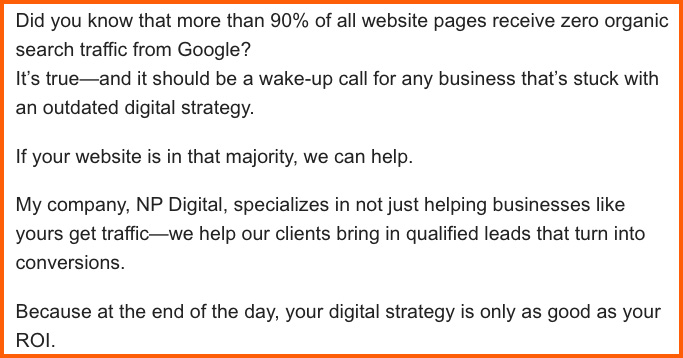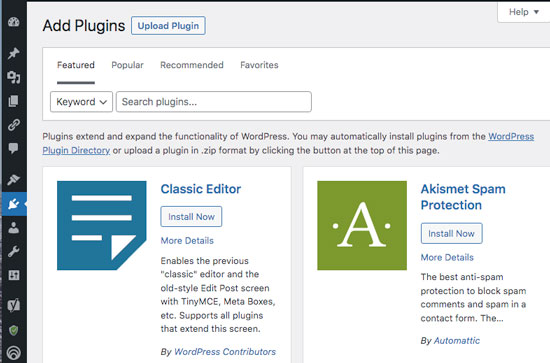
In short, a Web Content Manager develops and implements a content strategy with the aim to bring in more traffic to the website and address the needs of the stakeholders, as well as, the end users.
Content managers often start out as editors and content writers or creators. Website managers, SEO managers, web project managers, and web marketing managers can also qualify and often perform the tasks of a web content manager.
Let’s find out what these tasks entail:
Content curation based on extensive keyword research
It is sometimes misunderstood that a web content manager only manages content that is presented by the writers and editors. The web content manager needs to know what content to present before it is created.
Why waste money on research, writers, and the creation of supporting media like photos or videos to publish content that no one is interested in? That is not very business savvy.
The web content needs to be planned based on keyword research. Which, if done correctly, should indicate what type of content should be created to maximize return on investment (ROI).
Here I would like to include a screenshot of a promotional email from Neil Patel, one of the most successful web managers in the world.

Keyword research will show what types of content are interesting to your potential or existing readers. You will also see what type of content will convert best.
All this necessary information can be obtained by doing keyword and web traffic analysis of your competition. You will see which keywords bring in the most amount of traffic and which pages have the most social shares.
If your website already gets a lot of traffic and there is an existing user base and there are web actions that are tracked (clicked links, order form impressions, landing and exit pages), it is easy to see what type of keywords and content needs to be created.
A professional web content manager will need to understand these analytical reports and know how to use them to the company’s advantage.
Following brand guidelines or creating them

A web content manager needs to understand the wider brand strategy of the company. Every brand, online or offline, has some type of brand guidelines that must be followed by creators, editors, and managers.
This may include things like placement of logos, general content structure, insertion of social links, use of specific fonts, headings, colors, backgrounds, positioning of photos, number of outgoing links, paragraph spacing, specific language use and tone, call to action buttons, and other things that can make up the guidelines.
If such brand guidelines don’t exist, it is up to the web content manager to create such writing and publishing guidelines based on competitor analysis, user engagement, market research, and the needs of the company or organization.
Once content guidelines are in place, it is much easier to create content that is relevant and unified across the entire website. The point of unified content is to make every page quickly identifiable with the brand.
Small companies and personal website owners often don’t use brand guidelines at all and simply add content without giving much thought to the structure. That is quite normal.
Publishing guidelines are important for larger websites with hundreds of web pages and where the brand plays an important role. For example, large companies, educational institutions, restaurants, governmental organizations, etc.
Working with content management systems (CMS)
Content management systems allow users to manage their content online. The most popular content management system for online publications is WordPress. Other popular management systems include Wix, Joomla!, Shopify, Drupal, etc. There are hundreds of other CMSs out there and many are also custom built.

I bet that any website that you can think of right now, runs on a CMS. Facebook, Reddit, IMDB, your online bank, etc… are all custom management systems. Obviously, these types of CMSs have a unique framework and their code is not open-sourced.
CMSs such as WordPress are free and are often programmed and supported by their enthusiastic communities. WordPress is highly configurable and expandable. Although WordPress is free, additional functionalities may include a fee.
The content manager needs to know how to work with the company’s CMS, whether it is WordPress, Drupal, Joomla, or custom code. Web content managers should also know how to update and configure the CMS to facilitate group editing.
Having strong editorial and curating skills

A web content manager needs to have strong copywriting, proofreading, and editorial skills. One of the main tasks of content managers is to keep an editorial calendar and oversee all content production and publishing.
A web content manager needs to successfully collaborate with writers, designers, and marketing teams to ensure brand consistency in publications across all channels.
Although in most cases content writers, proofreaders, and designers work independently, it is up to the web content manager to put all content together, verify its final quality, and publish it in line with the brand guidelines and wider content marketing strategy.
